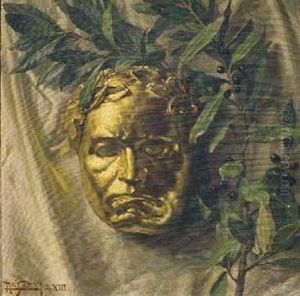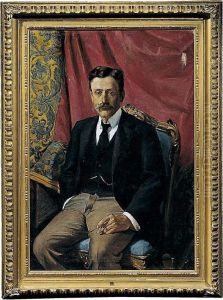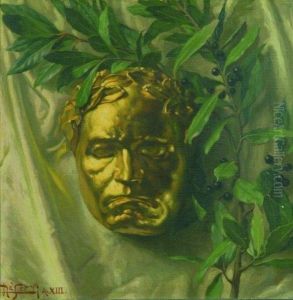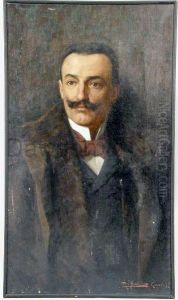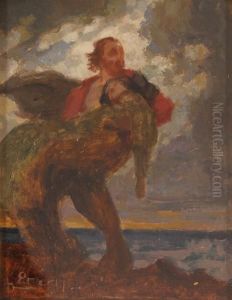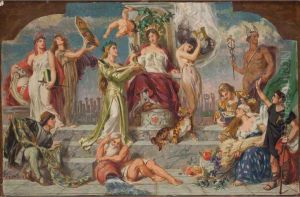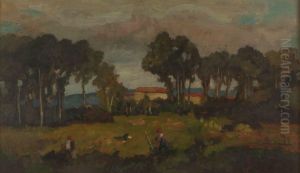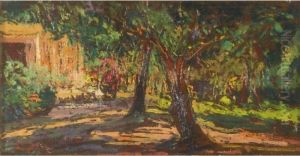Luigi De Servi Paintings
Luigi De Servi, an Italian artist, was born around 1870, with the exact date of birth being uncertain. His life and work remain somewhat obscure, as he did not gain the same level of fame as some of his contemporaries. Nonetheless, he contributed to the art world during his time.
De Servi primarily worked as an illustrator and painter, with his illustrations appearing in various publications. His style was indicative of the period's aesthetic preferences, often characterized by a blend of realism and romanticism, which was popular in the late 19th and early 20th centuries.
The details of Luigi De Servi's education and training in the arts are not well-documented, but it is known that he was active during a period in Italy that was rich with artistic innovation and fervor. During this era, Italy was undergoing significant changes, transitioning from a collection of states to a unified country, which influenced the cultural and artistic scene.
His works included landscapes and figure paintings, and he had a particular interest in capturing everyday life and the environment around him. De Servi's paintings often reflected the Italian countryside and urban life, providing a window into the era's social and cultural aspects.
Despite the lack of extensive records on Luigi De Servi's life and the uncertainty surrounding his death, his contributions to the art of illustration and painting during his active years are acknowledged by art historians and enthusiasts who study the period. The absence of information about his later life, including the date of his death, suggests that he may not have achieved significant recognition, leading to a quieter legacy.
In conclusion, Luigi De Servi's artistic career, while not as well-known as some of his peers, still represents an important facet of the Italian art scene at the turn of the 20th century. His works remain as historical artifacts that offer insight into the cultural milieu of his time. However, due to the limited documentation, those interested in De Servi's life and work must often rely on his surviving art to glean an understanding of his impact on the art world.
